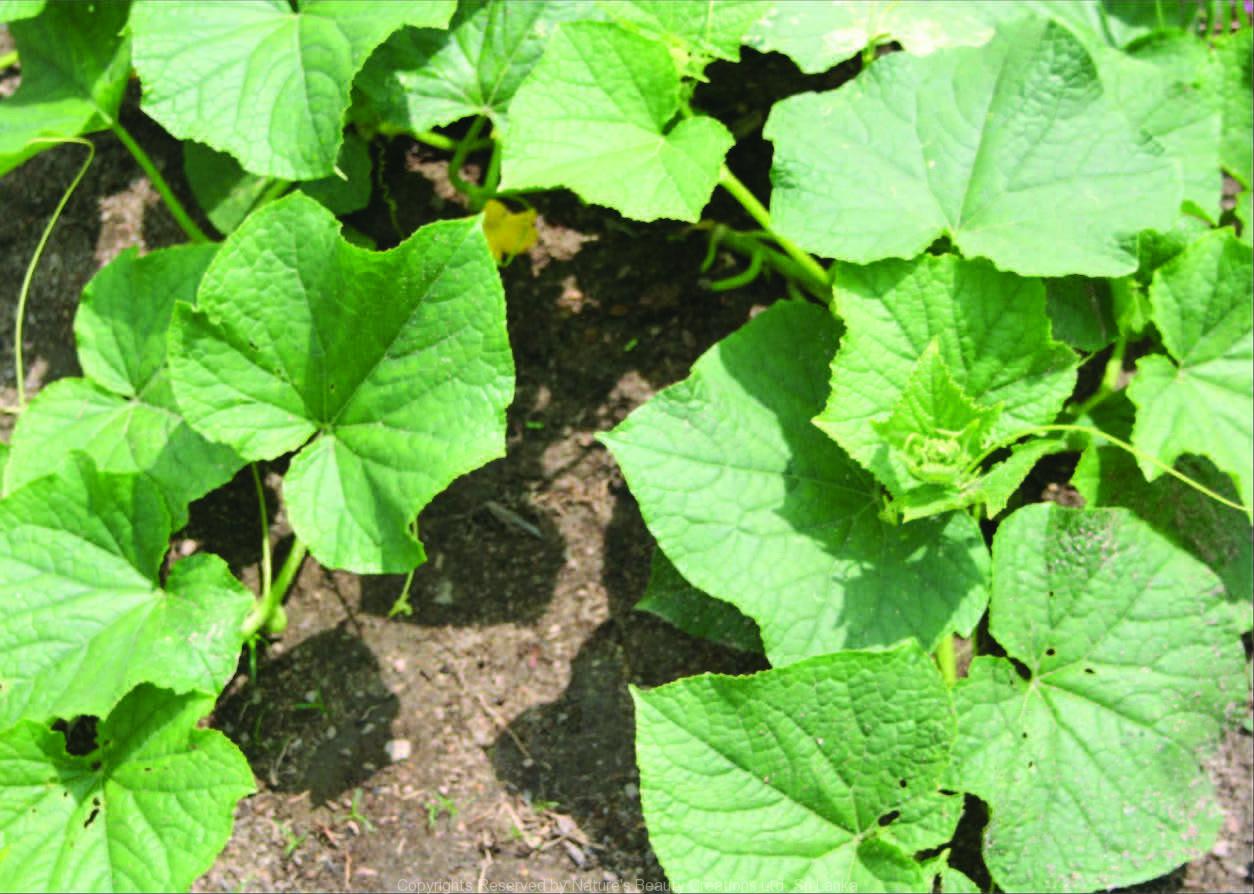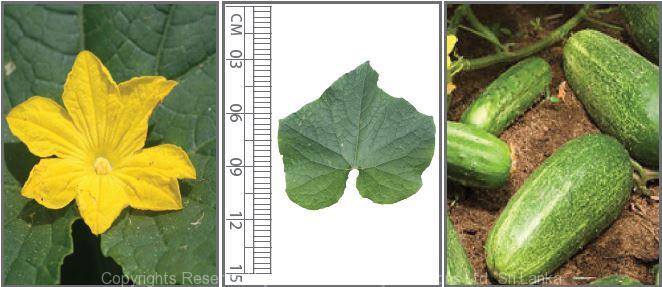

Traditional Knowledge
Useful plant parts :
Fruit and seed
Uses in traditional medicine :
- Fruits are edible, control gastritis and used for cosmetic purposes
- Fried seeds are taken for prostrate gland disorders, to treat kidney stones and urinary problems
Scientific Research
Chemical constituents:
Unsaturated aldehyde: nonenal derivatives from fruit; flavonoids and flavonoid glycosides: isovitexin, saponarin, vicenin, apigenin, sterols: cholesterol derivatives, avenasterol, spinasterol, karounidiol, isokarounidiol, fatty acids: myristic, palmitic, palmitoleic, heptadecanoic, stearic and linoleic acids from seed oil; heme peroxidases from fruit peels
Bioactivity :
Pectin extracted from fruit: hypolipidaemic; traditional preparation of plant: antidiabetic
Clinical:
Note :
Fruits are used as a vegetable
References : Abou-Zaid, M. M. et al., (2001), Acylated flavone C-glycosides from Cucumis sativus, Phytochemistry, 58(1), 167-172. Battistuzzi, G. et al., (2001), Isolation and characterization of two peroxidases from Cucumis sativus, Arch Biochem Biophys, 388(1), 100-12. Roman-Ramos, R. R. et al., (1995), Anti-hyperglycemic effect of some edible plants, Journal of Ethnopharmacology, 48(1), 25-32. Schieberle, P. et al., (1990), Evaluation of Potent Odorants in Cucumbers (Cucumis sativus) and Muskmelons (Cucumis melo) by Aroma Extract Dilution Analysis, Journal of Food Science, 55(1), 193-195. Sudheesh, S. and Vijayalakshmi, N. R., (1999), Lipid-lowering action of pectin from Cucumis sativus, Food Chemistry, 67(3), 281-286. Wu, X. Y. et al., (2012), Chemical constituents contained in fatty oil from seeds of Cucumis sativus, Zhongguo Zhong Yao Za Zhi, 37(21), 3252-5.
Copyrights Reserved By
Natures Beauty Creations




